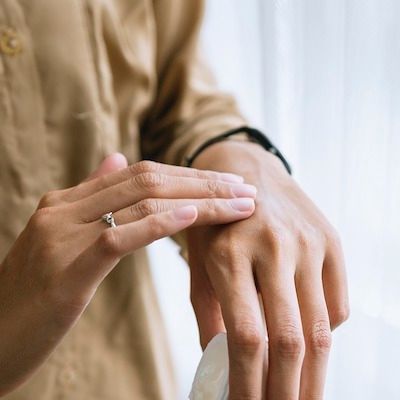Opinion
Video
Recent Data on Moderate Psoriasis
Author(s):
Expert dermatologist shares recent data on systemic therapy for patients with moderate psoriasis.
Linda Stein Gold, MD: Traditionally in clinical trials for systemic medications, we lump patients together as moderate to severe disease and we define them as at least 10% body surface area and their investigator's global assessment or the quality of those plaques is either moderate or severe. Now, traditionally patients who have moderate to severe disease, but on the lower ends, those patients with maybe 10 to 15% body surface area are in a unique situation because these patients really are appropriate potentially for topical therapy, which is often studied in up to 20% body surface area for oral medications or for biologic agents. So they have that sweet spot of saying, “Well, I can treat these with any modality that is appropriate.” But often what we do is in this particular population who has the lower end of the moderate to severe disease, we often wait on potent biologic agents and favor other treatment modalities. But is this the correct decision? Is that the best thing for our patients? So we had a recent study that looks specifically at this population, that population that has the overlap of options for their treatments. And these were patients who had more moderate disease and IGA of moderates. They had a body surface area of 10% to 15%. And this was a trial looking at risankizumab as compared [with] apremilast in adult patients with moderate plaque psoriasis who were candidates for systemic therapy. And the reason they picked apremilast is, this is often a go-to agent for those patients, often as a first step to systemic therapy. And again, the question is, “Should we be going step-wise for these patients with more localized disease, even though it's up to 15% or should we go for a heavy hitter straight out of the gate?” What was interesting about this study and what surprised me the most is when we look at the mean body surface area. Remember, it was 10% to 15%. The mean body surface area in this study was 13%. When we looked at risankizumab in the primary phase 3 clinical trials, the mean body surface area was double that. So it's pretty much half at this point yet. When we look at the DLQI, or the Dermatology Life Quality Index, the DLQI for the moderate patients was almost unchanged. As compared with those moderate to severe patients. So we cut the body surface area in half, yet the DLQI barely budges. In the original studies where the DLQI was 13.2 and in this moderate study, it's only 12.6. So less than one point, even though we have half the body surface area. And if you think about it, that makes sense. These patients are suffering. You can have a big plaque on your elbow that might be 6 inches.
And if that plaque is only 3 inches now, does it really make a difference to your quality of life? You still can't wear a short sleeve shirt. So the effect on quality of life is significant even though they might have more localized disease. So what treatment do they really deserve? And when we look at the primary or the co-primary end points at week 16, the easy 90 for risankizumab was 56. And for apremilast, it was 5. And when we look at those patients who got the clear or almost clear at week 16, it was 75%. with risankizumab vs 18% with apremilast. And finally, how many patients got to a DLQI score of 0 or 1, meaning this rise has no longer had an impact on their overall quality of life. 54% with risankizumab vs 14% with apremilast. So both of these drugs are safe and the safety profiles were consistent with the known safety profiles for these particular drugs. So the bottom line from this study is don't underestimate the impact that psoriasis has even on those patients with 10% to 15% body surface area. We have a lot of good options and let's make sure the patients get the treatment that they need.
Transcript is AI-generated and edited for clarity and readability.





